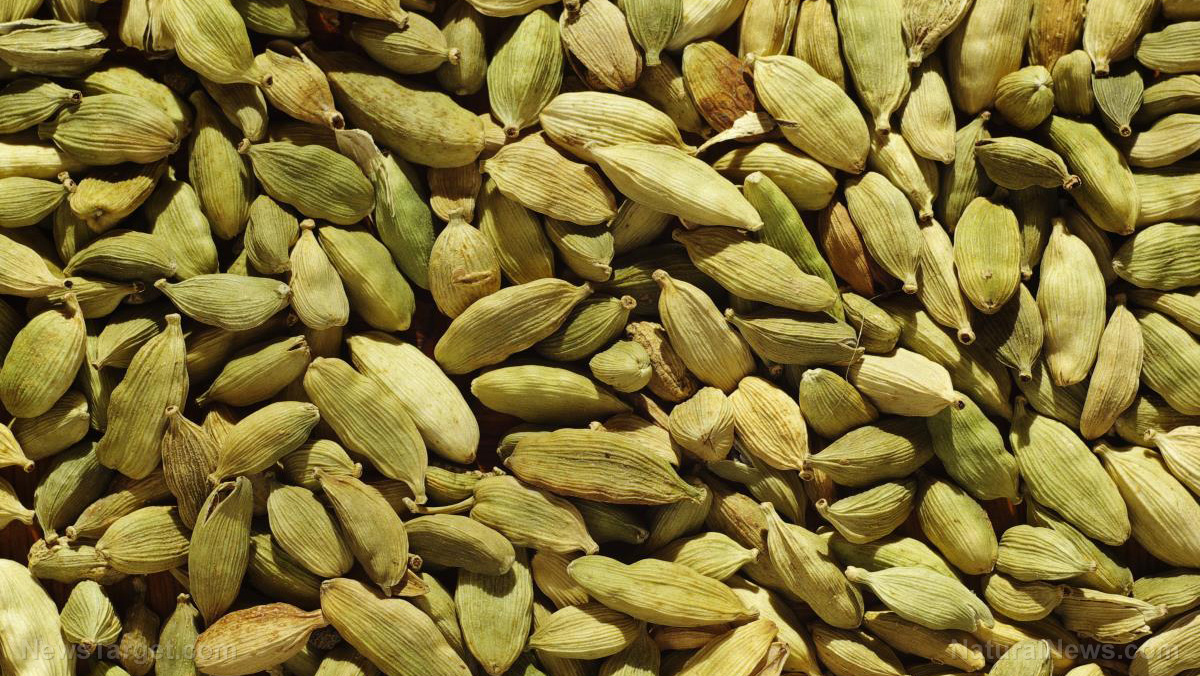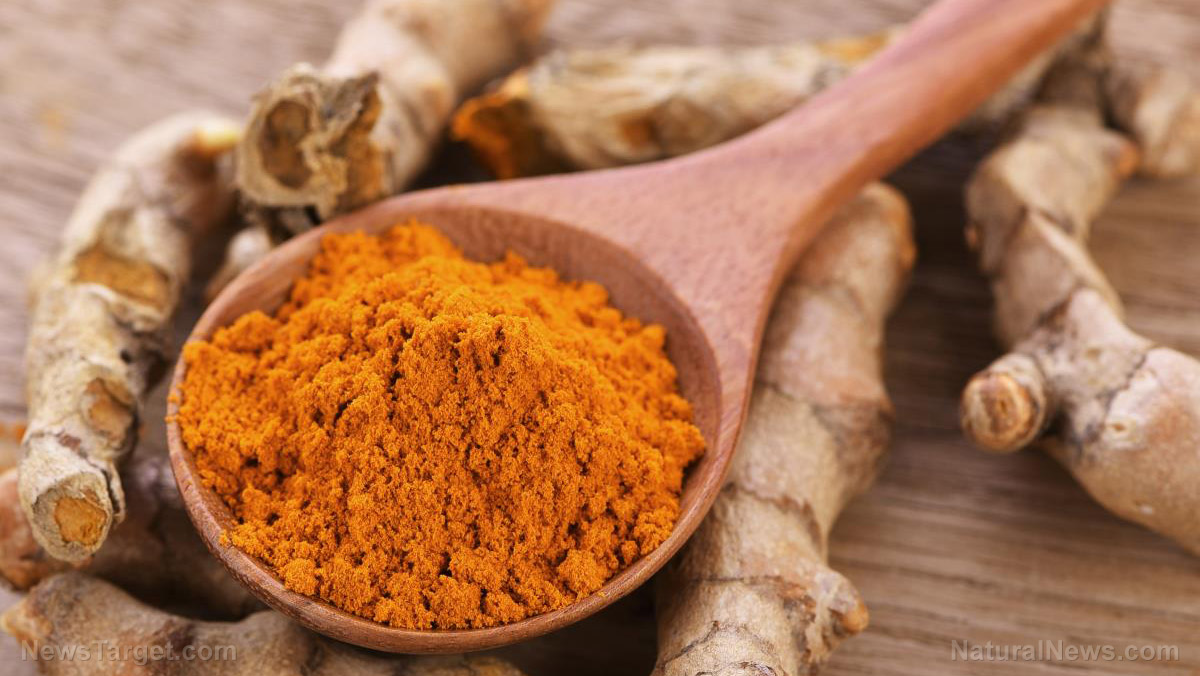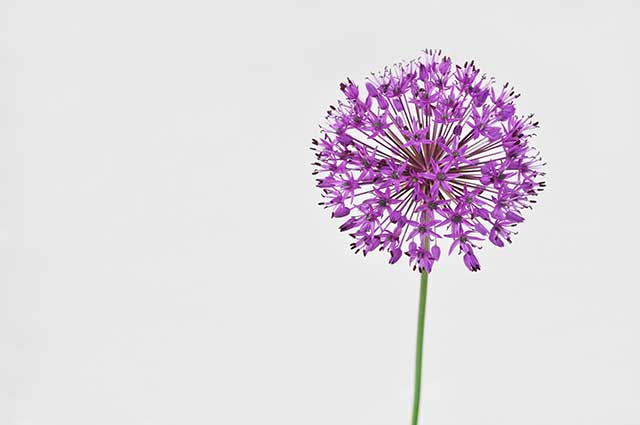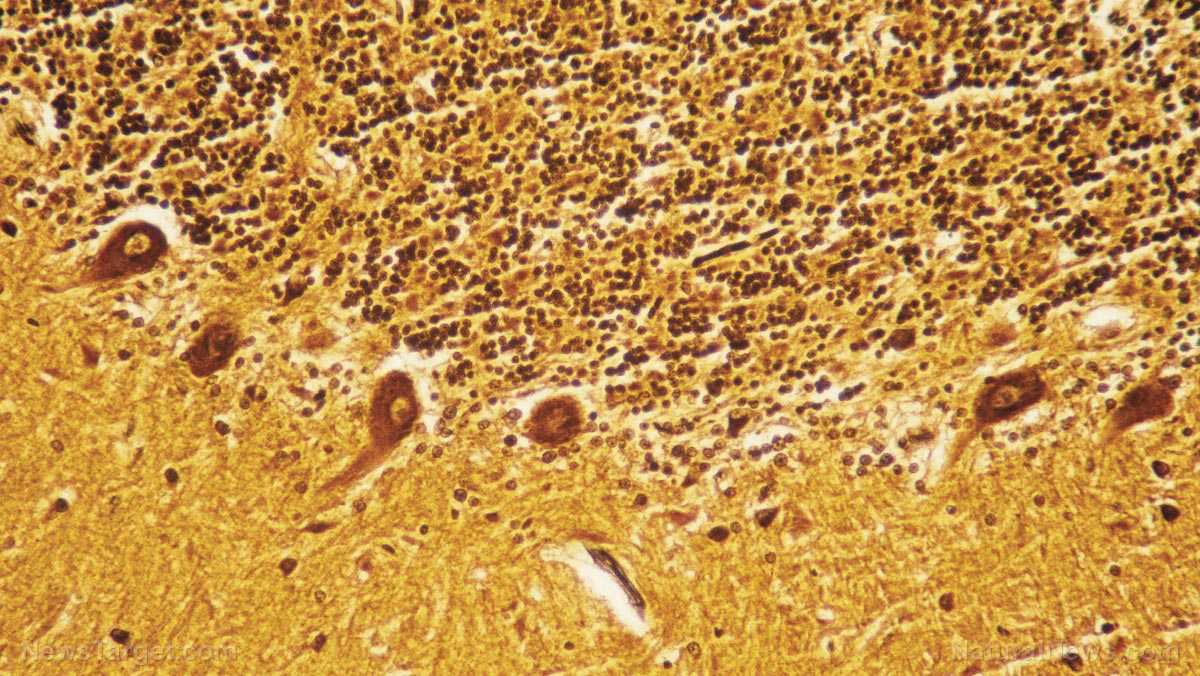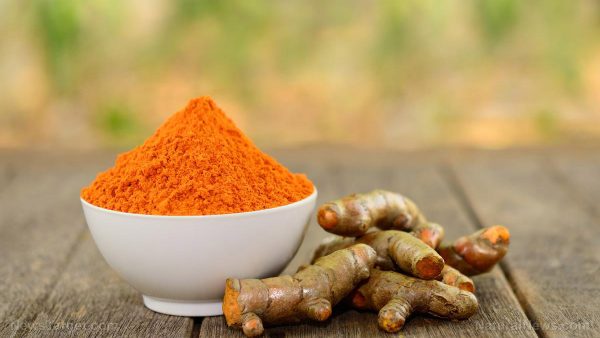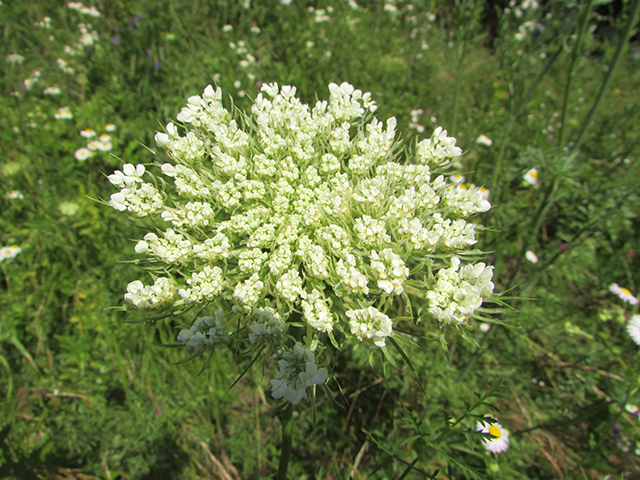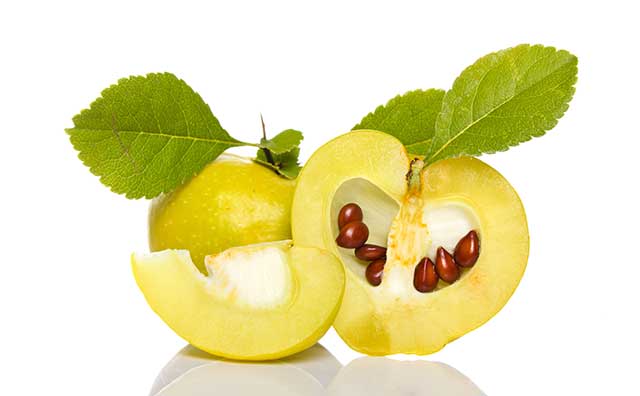Scientists examine this member of the rose family for new natural diabetes treatments
07/27/2018 / By RJ Jhonson

Diabetes is a global epidemic. Millions around the world are affected and even chemical medications have failed to provide positive outcomes for all sufferers. For this reason, the search for effective treatment approaches continues. A study published in the journal BMC Complementary and Alternative Medicine examines the anti-diabetic properties of Sarcopoterium spinosum and its viability as a treatment for diabetes.
S. spinosum (also known as the thorny burnet) is a shrub that belongs to the rose family. It is commonly found throughout the Mediterranean landscape. The Bedouin use this plant as a treatment for diabetes, as well as a host of other health conditions that range from simple pains to cancer.
The researchers had previously looked into and validated the plant’s anti-diabetic properties, but their inquiry was focused on S. spinosum’s roots. Both in vivo and in vitro tests suggested benefits, particularly in terms of insulin production and insulin tolerance. (Related: White flour contains diabetes-causing contaminant alloxan.)
However, the researchers felt that attributing the plant’s anti-diabetic properties solely to its roots undermined its potential as a diabetic treatment. This is because obtaining its benefits meant uprooting the entire plant – and killing it as a result. The process was highly unsustainable and if adopted large-scale, could cause serious ecological problems.
Furthermore, the plant had a low seeding rate. It required a lot of growing time before it produced enough levels of its anti-diabetic compounds. These factors may raise its cost as a diabetes treatment, making it too expensive for both producers and sufferers.
Mother Nature's micronutrient secret: Organic Broccoli Sprout Capsules now available, delivering 280mg of high-density nutrition, including the extraordinary "sulforaphane" and "glucosinolate" nutrients found only in cruciferous healing foods. Every lot laboratory tested. See availability here.
If the plant’s aerial parts (the parts of the plant that are exposed to the air, such as the leaves, stems, and even its fruits and flowers) were proven to have anti-diabetic properties, S. spinosum would prove to be a cost-effective and sustainable treatment for diabetes. Not only are these parts easier to obtain, they are also eventually replaced over the course of the plant’s life.
The researchers collected extracts from S. spinosum’s fruits and leaves, which they compared with extracts taken from its roots. These extracts were put through several tests to determine factors like cytotoxicity, the ability to inhibit α-amylase and α-glucosidase, their effects on glucose uptake, their impact on insulin production, and their polyphenol content.
The researchers discovered that extracts taken from the fruit were non-toxic to cells at any concentration they tested, while both leaf and root extracts showed similar cytotoxic effects at a dose of 8 mg/mL. All of the extracts showed the ability to inhibit both α-amylase and α-glucosidase – this inhibitory activity is essential to diabetics as it helps control glucose levels in the blood. While root and leaf extracts demonstrated higher potency in inducing glucose uptake compared to fruit extracts, the extracts from S. spinosum’s aerial parts proved effective in increasing insulin secretion.
These findings led the researchers to conclude that the aerial parts of S. spinosum can be used as a basis for the development of treatments for type II diabetes because of their anti-diabetic properties.
Plants with anti-diabetic effects
Several studies have demonstrated some plants’ ability to combat diabetes or prevent the onset of its complications. As it happens, many of these plants are easy to find.
- Aloe vera – This herb lowers blood glucose levels and helps speed up the healing of wounds, a process that is usually slowed down by diabetes.
- Bitter melon – This bitter vegetable contains polypeptide-p that acts like insulin found in the human body.
- Cinnamon – This fragrant spice helps improve blood glucose levels and prevent cardiovascular diseases.
- Ginger – This vegetable has many health-boosting benefits for people with and without diabetes, such as aiding in glucose control and insulin secretion.
- Okra – This slimy vegetable has several anti-diabetic effects; it has been shown to cause a gradual decrease in glucose levels when regularly eaten.
Find stories on other natural treatments for diabetes at Cures.news.
Sources include:
Tagged Under: alternative medicine, anti-diabetic, diabetes, herbal medicine, herbal treatment, Herbs, medicinal plants, natural cure, natural medicine, plant cures, plant medicine, remedies, Sarcopoterium spinosum


